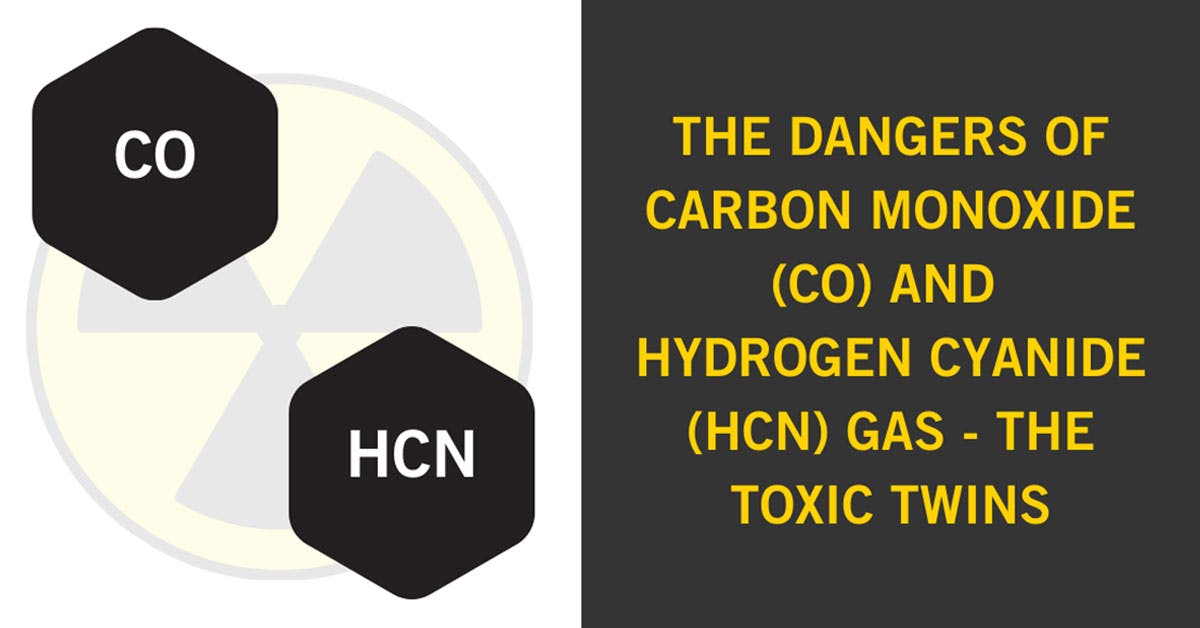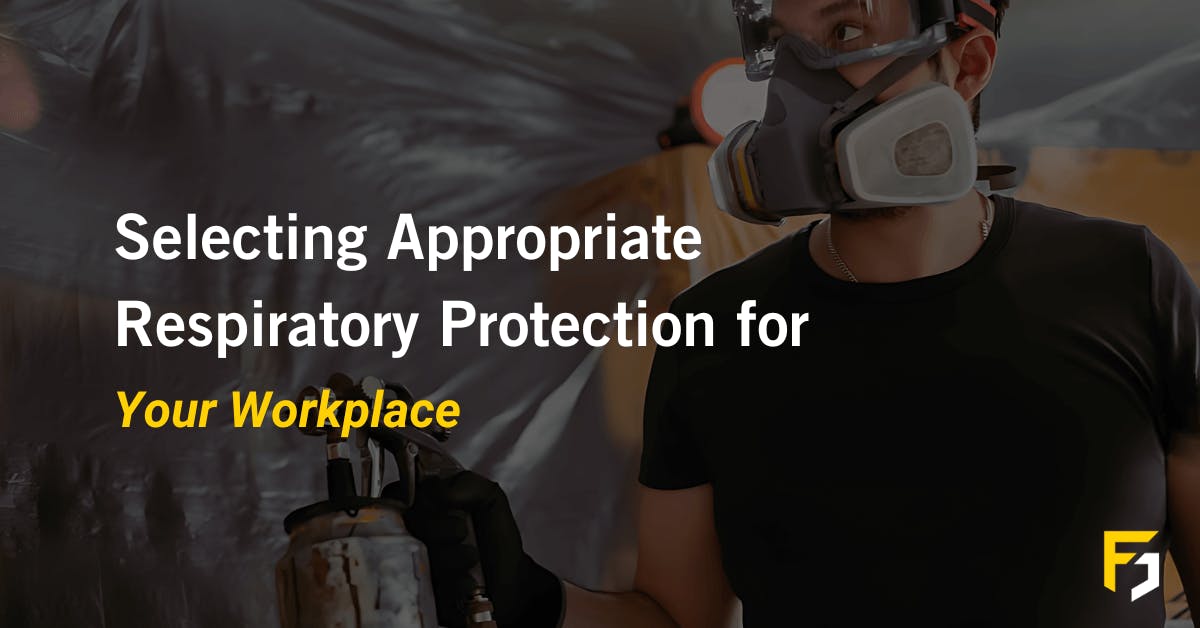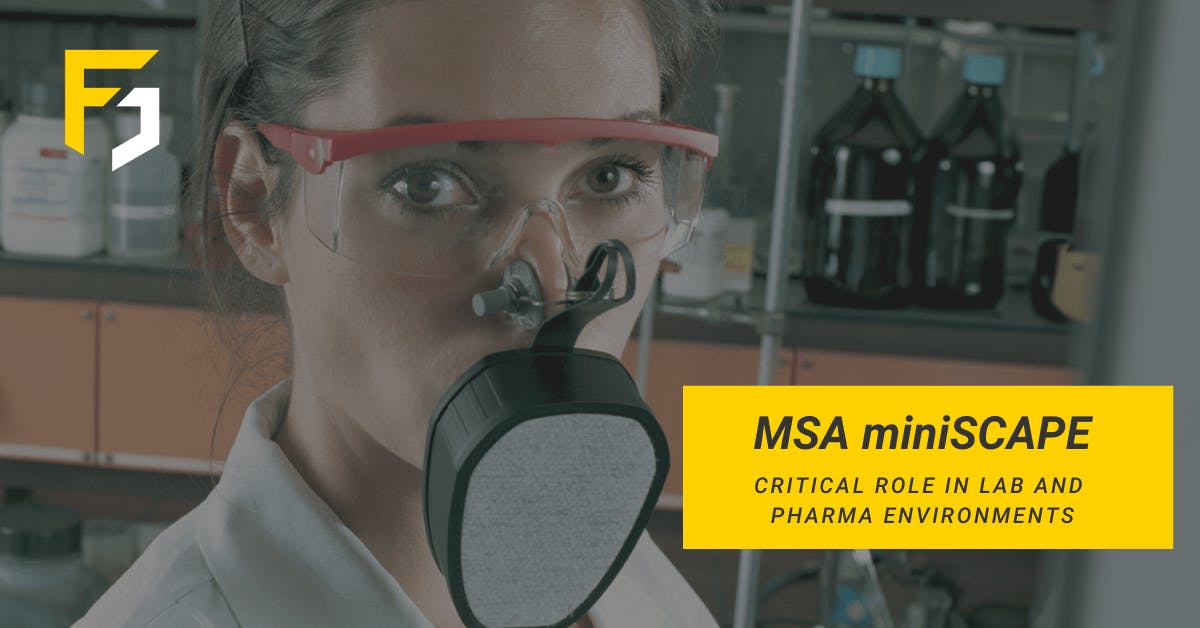
The Dangers of Carbon Monoxide (CO) and Hydrogen Cyanide (HCN) Gas - the Toxic Twins

A recent research paper by Drager Safety has highlighted the dangerous effects and presence of the combination of Carbon Monoxide (CO) and Hydrogen Cyanide (HCN) gases from smoke and fires. These are known as the Toxic Twins.
Drager Safety has highlighted the importance of ensuring these gases are simultaneously measured in firefighting applications. When combined they are significantly more harmful than they would be individually. Measuring against each gases’ single alarm thresholds is not suitable for firefighting operations including pre-control and post-control overhauls, so a combined sensor has been described as being more effective and increases firefighter safety.
Read on to find out more about the ‘Toxic Twins’.
What are the Toxic Twin Gases?
Carbon monoxide (CO) is perhaps one of the most widely-known ‘fire gases’ or a smoke-borne gas. A structural fire can also produce Hydrogen Cyanide (HCN) and together with CO they are known as the ‘toxic twins’. Althoughcarbon monoxide poisoning can be fatal, hydrogen cyanide can be up to 35 times more toxic.
What dangers do the ‘Toxic Twins’ bring?
Although both carbon monoxide and hydrogen cyanide are as toxic as each other, when they combine, they create a chemical asphyxiant. CO will prevent oxygen from reaching your vital organs. HCN, if inhaled, absorbed or ingested can target the heart and brain. This can cause heart attacks if breathed in and can even cause cancer years later.

How can I protect against the presence of Carbon Monoxide and Hydrogen Cyanide?
Wearing and using the correct personal protective equipment (PPE) is crucial in ensuring that you are protecting yourself from carbon monoxide and hydrogen cyanide and ensuring you can detect their presence. Drager Safety recommend keeping your SCBA kit donned until you are in an uncontaminated area, if you are in the presence of these gases. For a detailed explanation on how to handle contaminated PPE correctly see Drager’s online guide.
Drager offer specific X-am 5000 or 5600 gas detectors with a combined CO and HCN sensor to correctly deal with overhaul applications and the detection of the ‘toxic twins’. Measuring these simultaneously has been found to be more effective in the detection and protection of the two gases, rather than measuring these with individual sensors. This specific sensor combination isn't yet available from Drager Safety UK, but keep checking back for up to date information on this product.
They also recommend showering as soon as you possibly can, no more than one hour after you have been exposed if you can. Waiting any longer will drastically reduce the chances of preventing the risk of cancer etc. The kit that has been worn and used in a fire application must be decontaminated and cleaned according to fire and emergency training institute guidelines. For more information on how to deal with the decontamination of your equipment in an overhaul application see Drager Safety’s quick video.
It’s important that everyone is aware of the symptoms of Toxic Twin poisoning. They should be able to identify symptoms in other people at the scene of a fire and afterwards. Secondary HCN exposure can exist due to soft body tissue absorbing combustion bi-products, like HCN. Even if a victim of a fire is removed from the hazardous area and brought in to an area with clean air, the body tissue will start to release some of the contaminants. This could potentially affect others around the victim.
The awareness of the risks these gases provide before, during and after fires must be increased. Cancer is identified as being the number one long-term cause of death in firefighters, according to the Fire Fighter Cancer Foundation team. Drager Safety not only provide life-saving equipment for the detection and protection of dangerous gases but they provide a number of resources on cancer awareness, gas awareness and the decontamination of PPE.
You can speak to a member of our sales team about any related products or cleaning equipment. Contact us at [email protected] or call us on 0141 771 7749.





